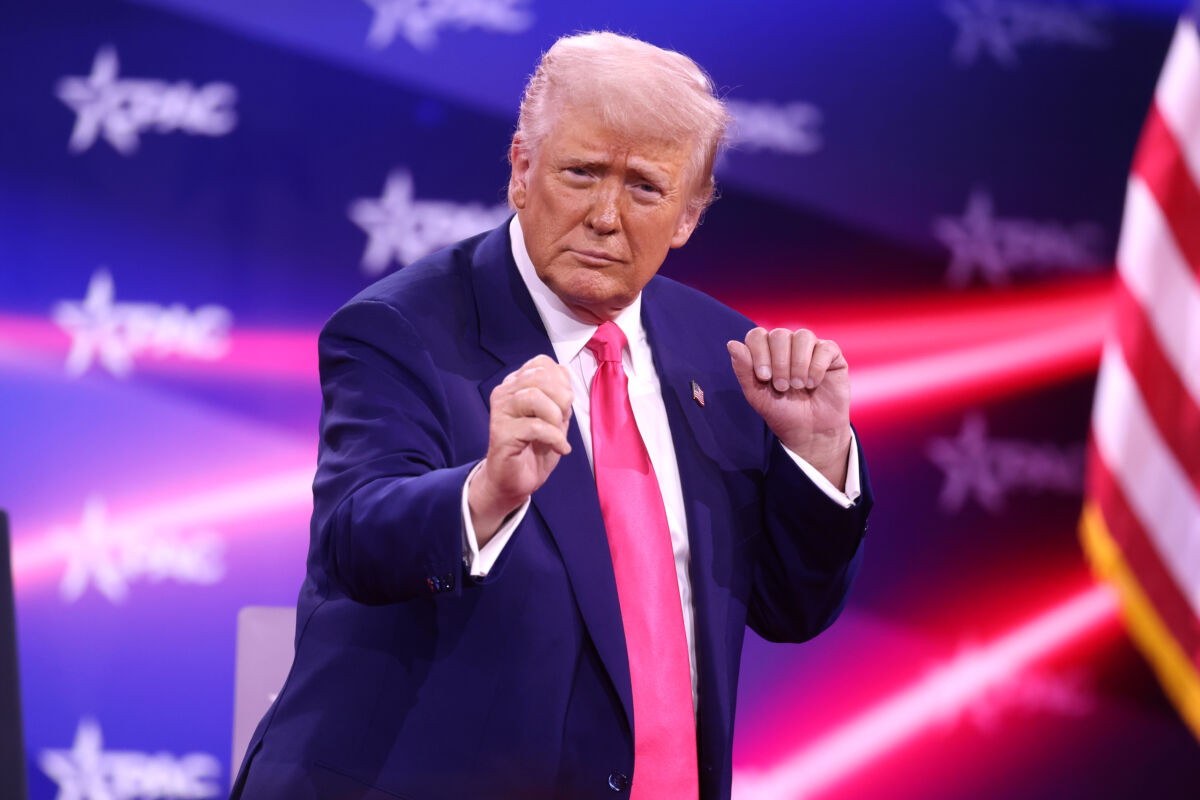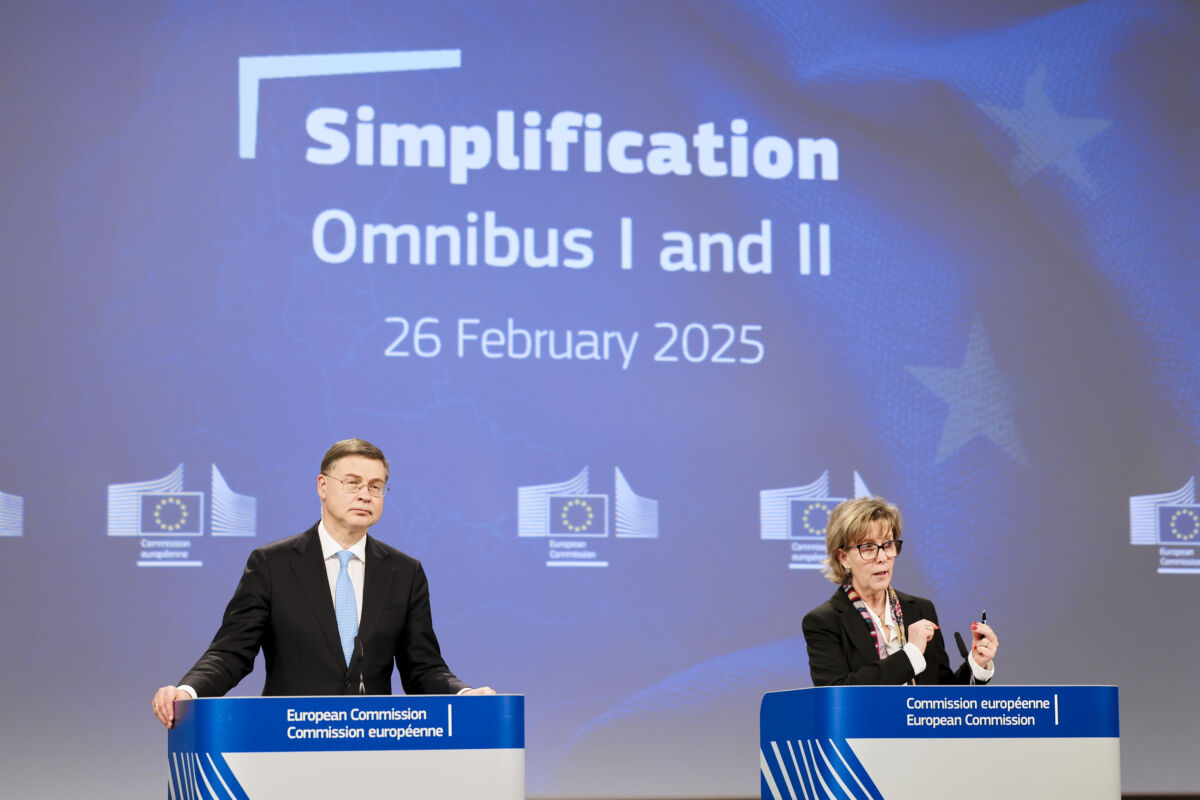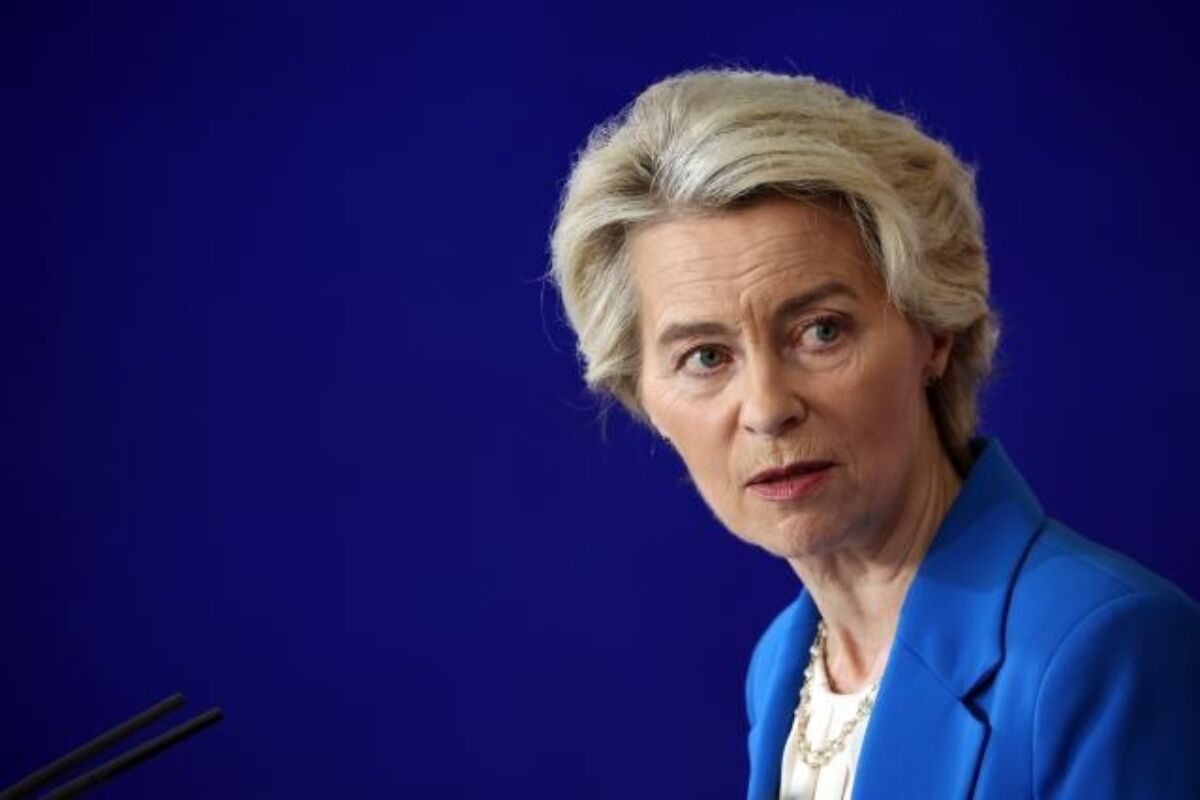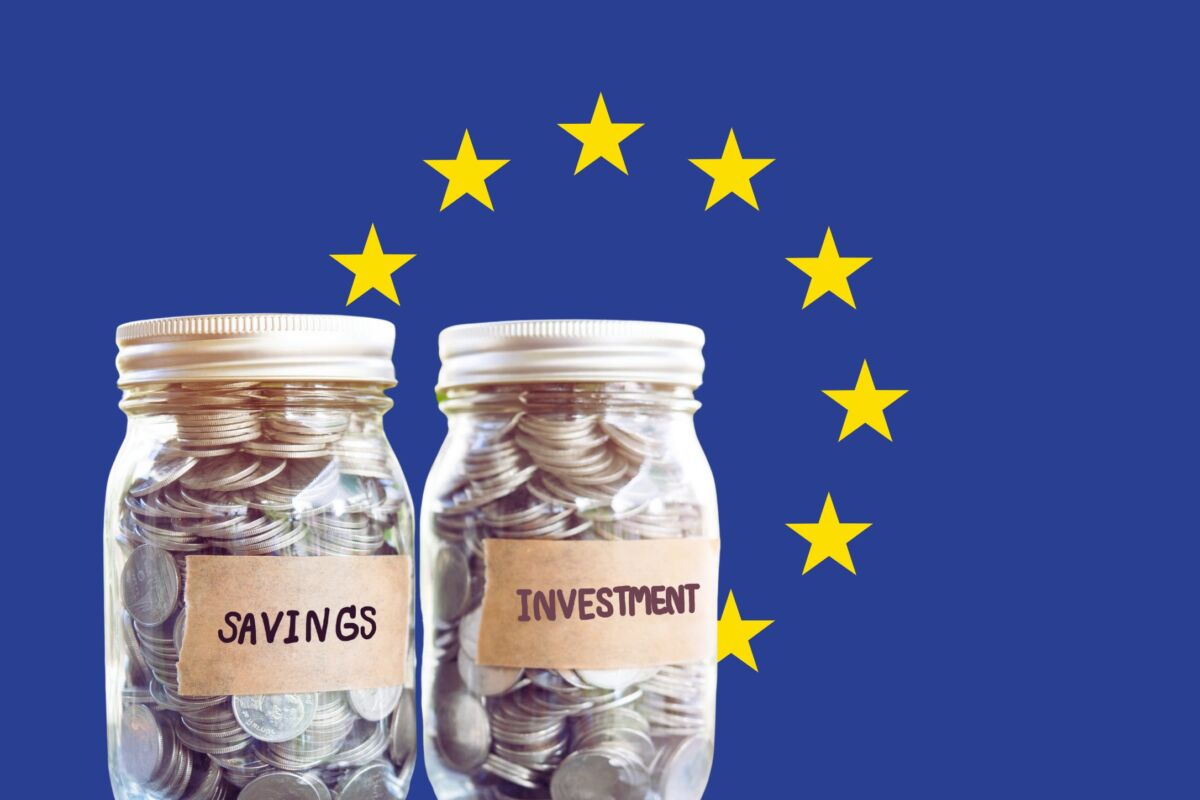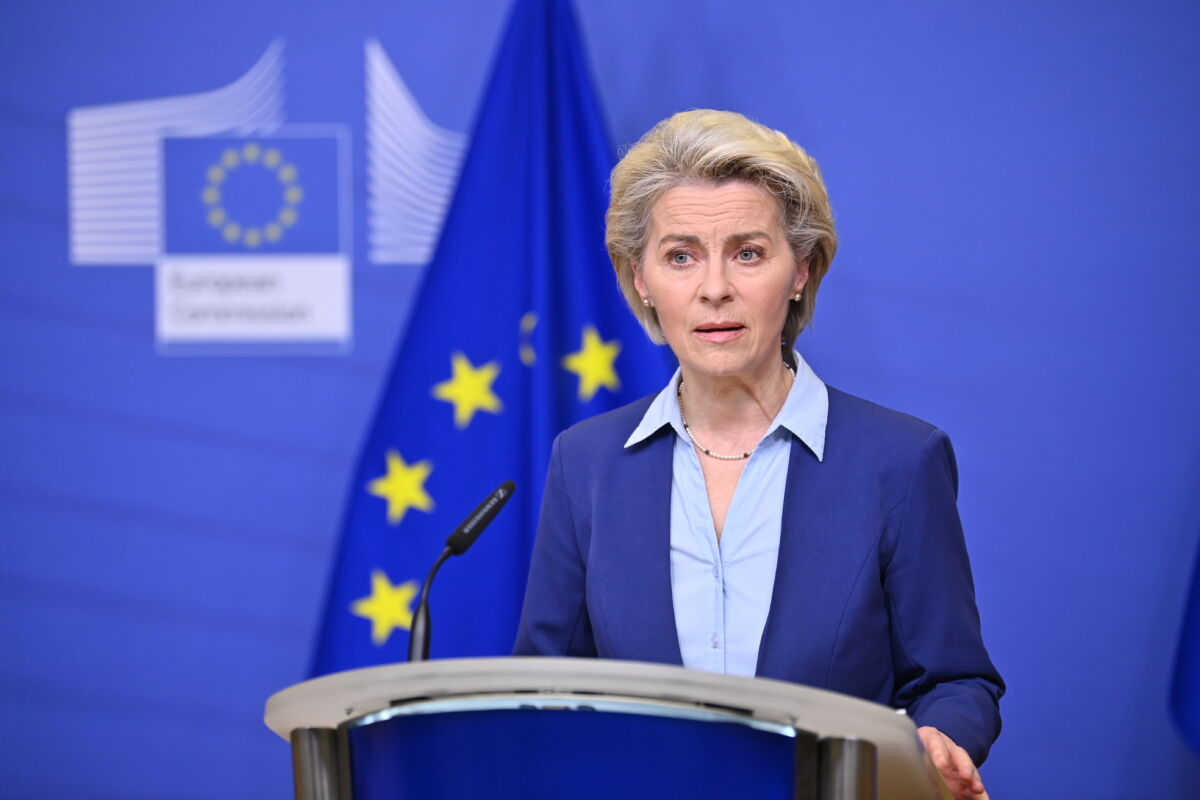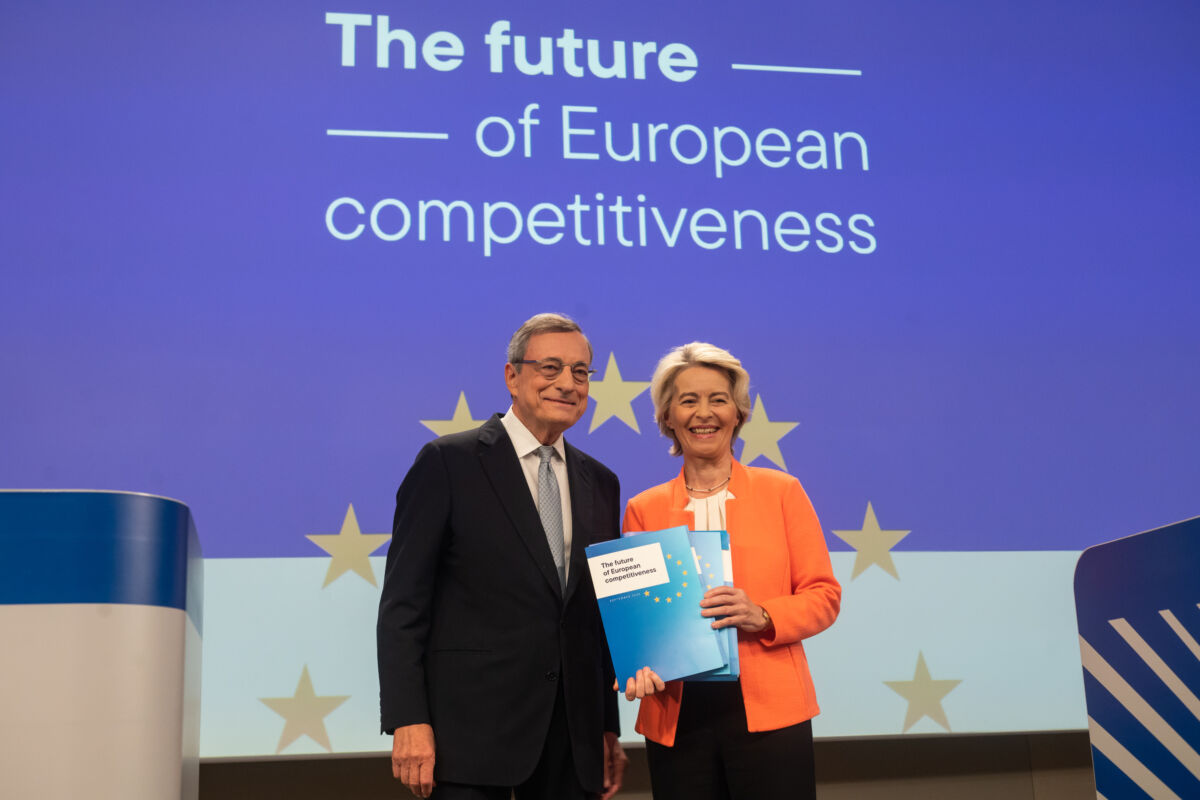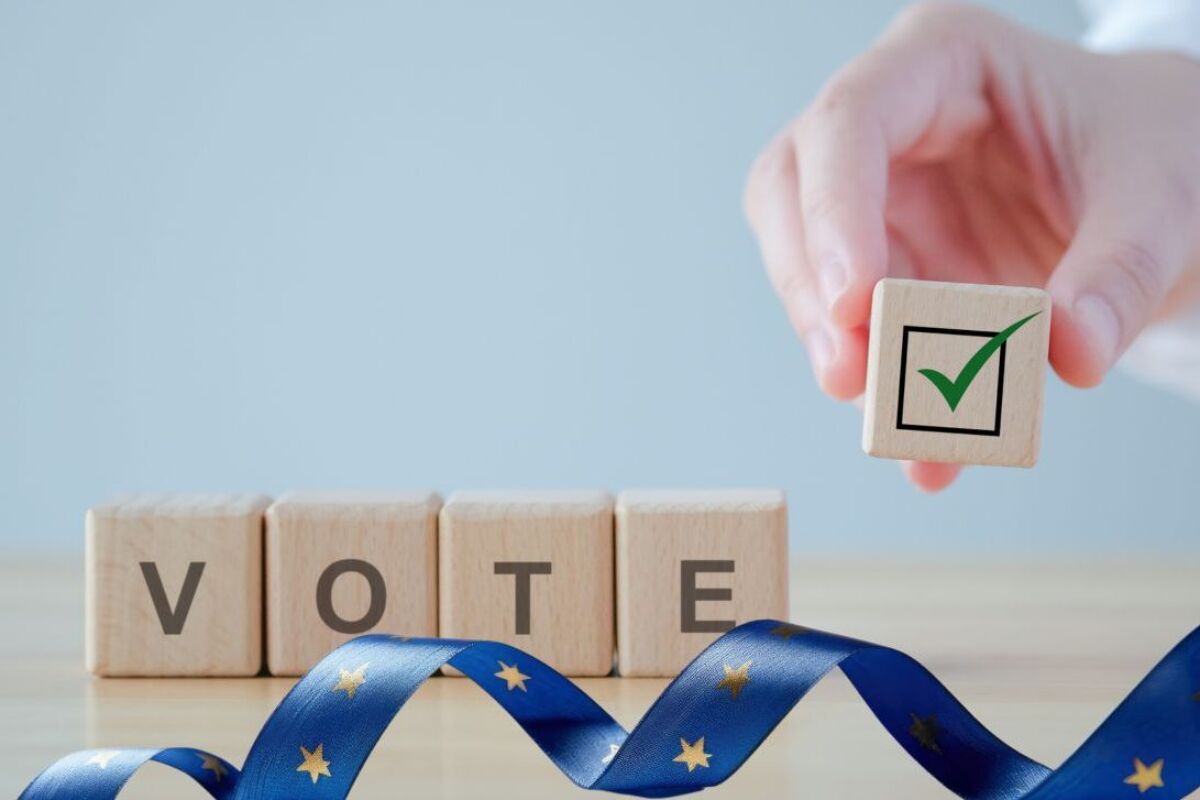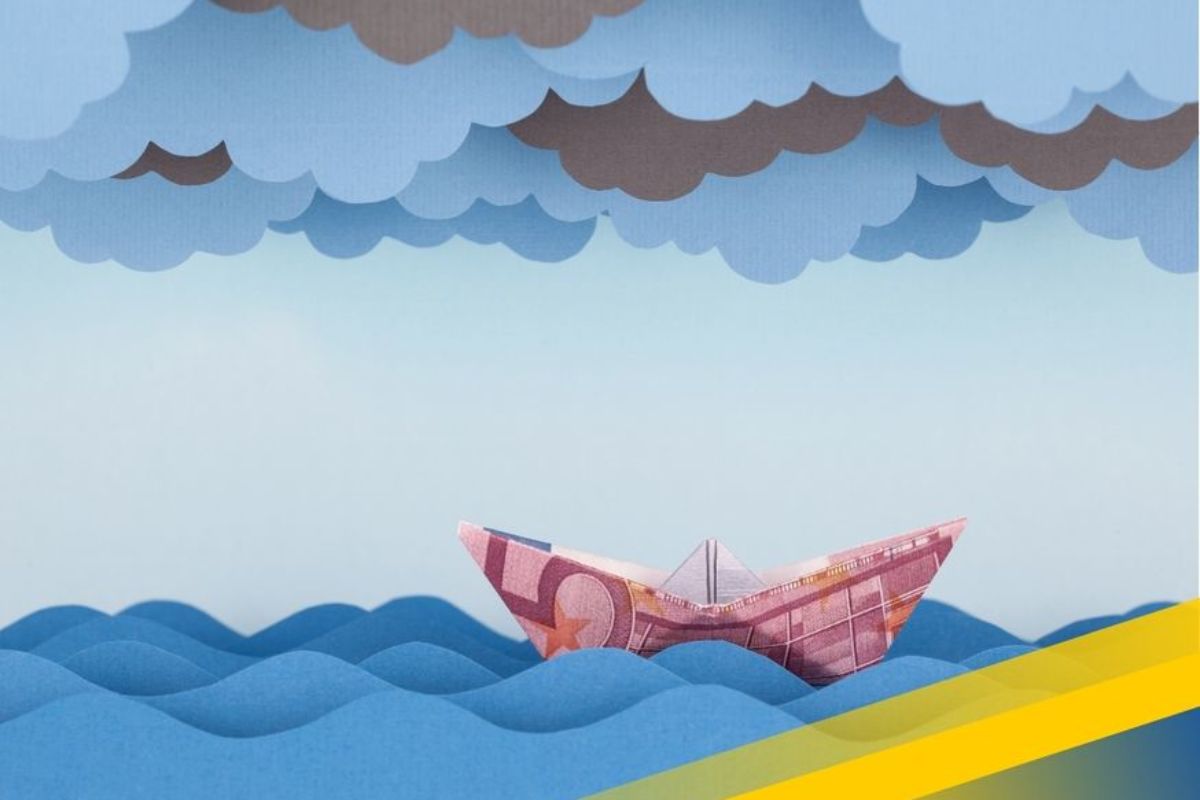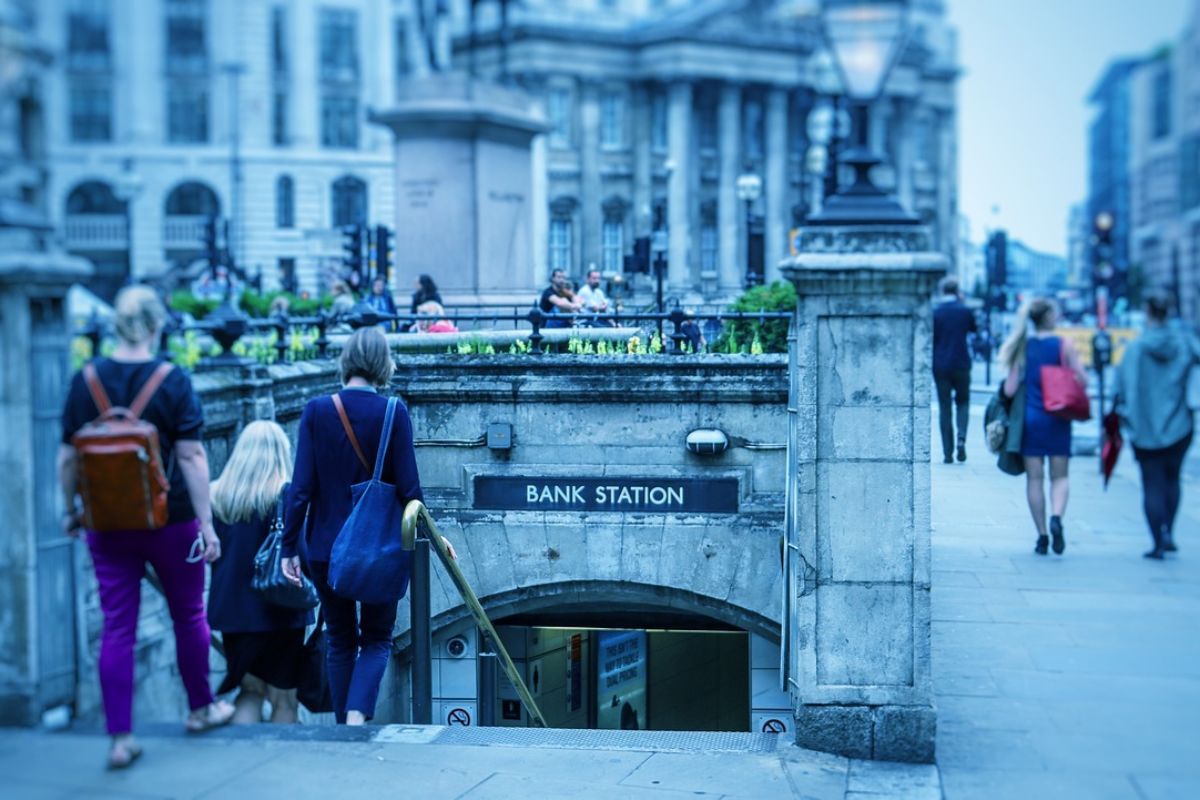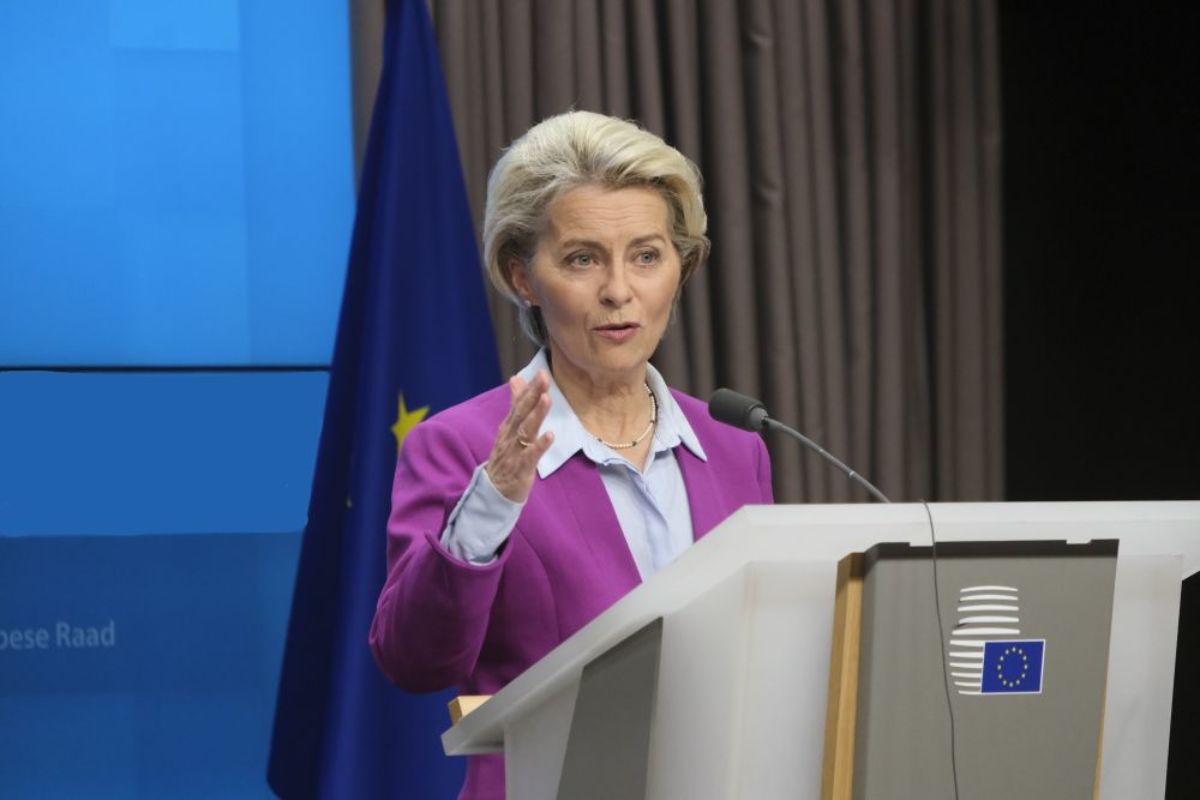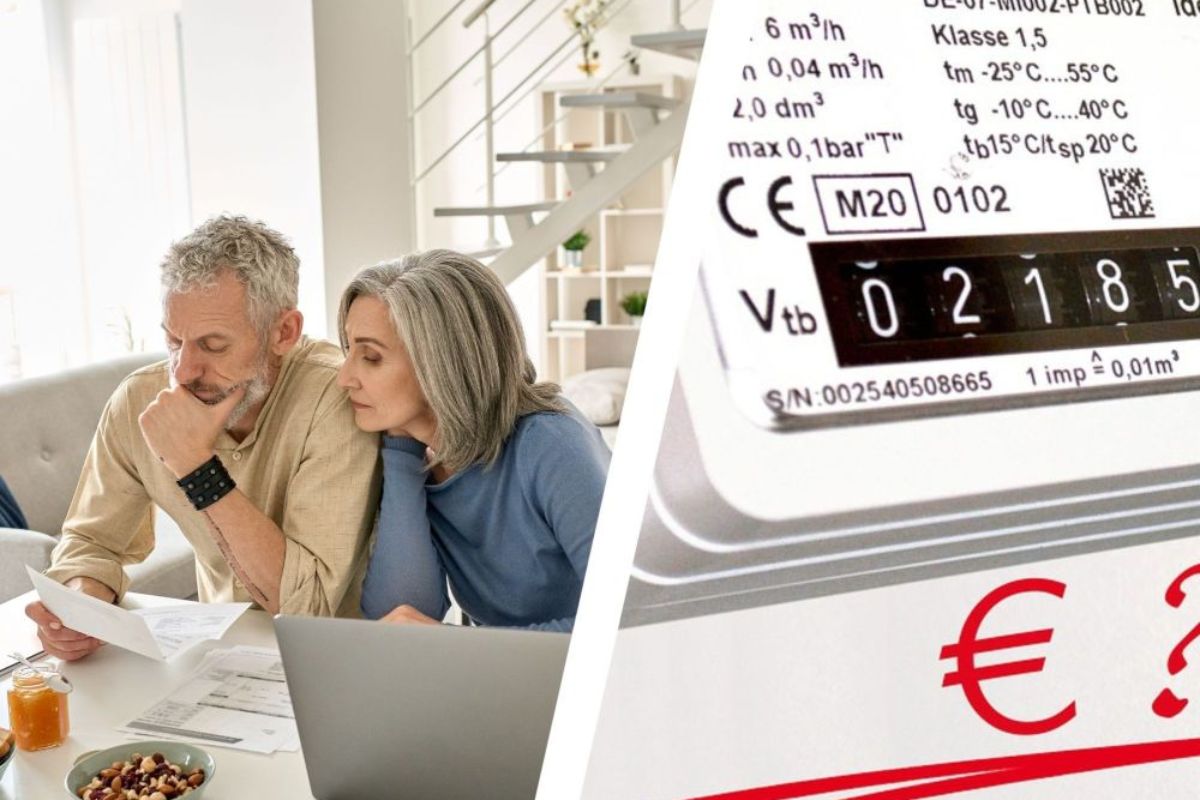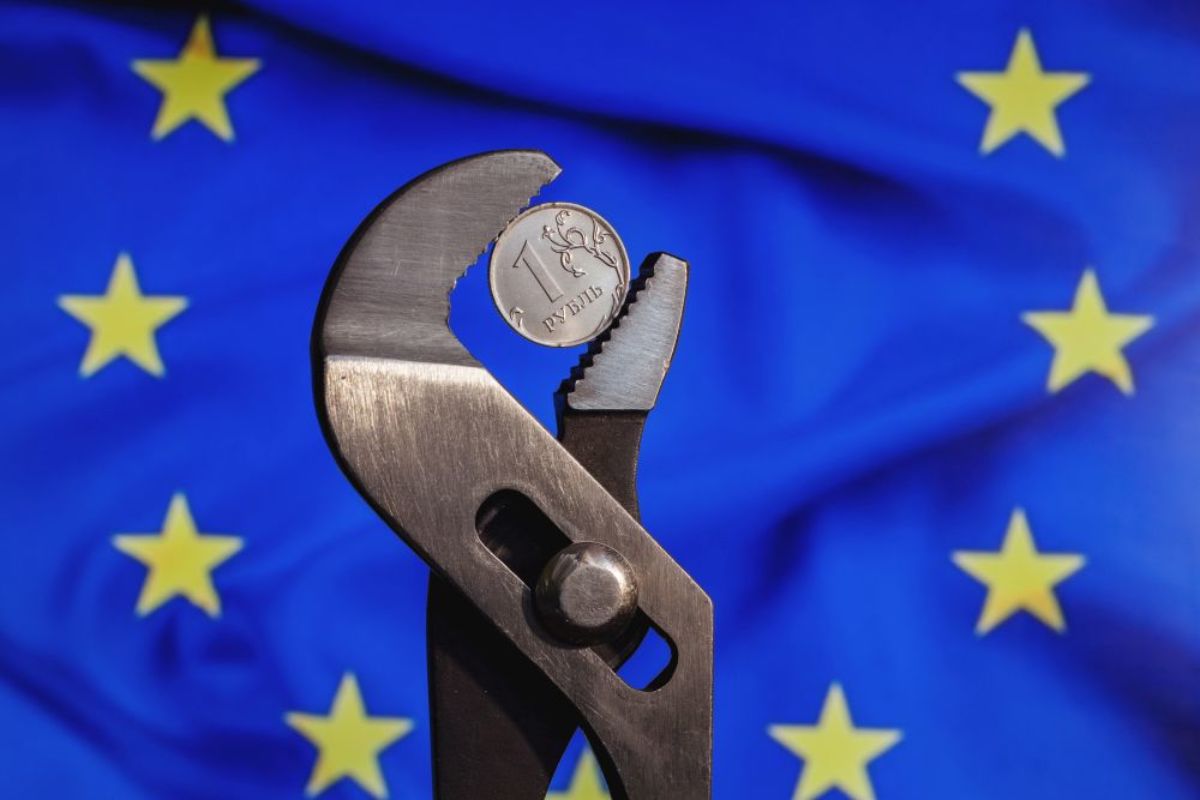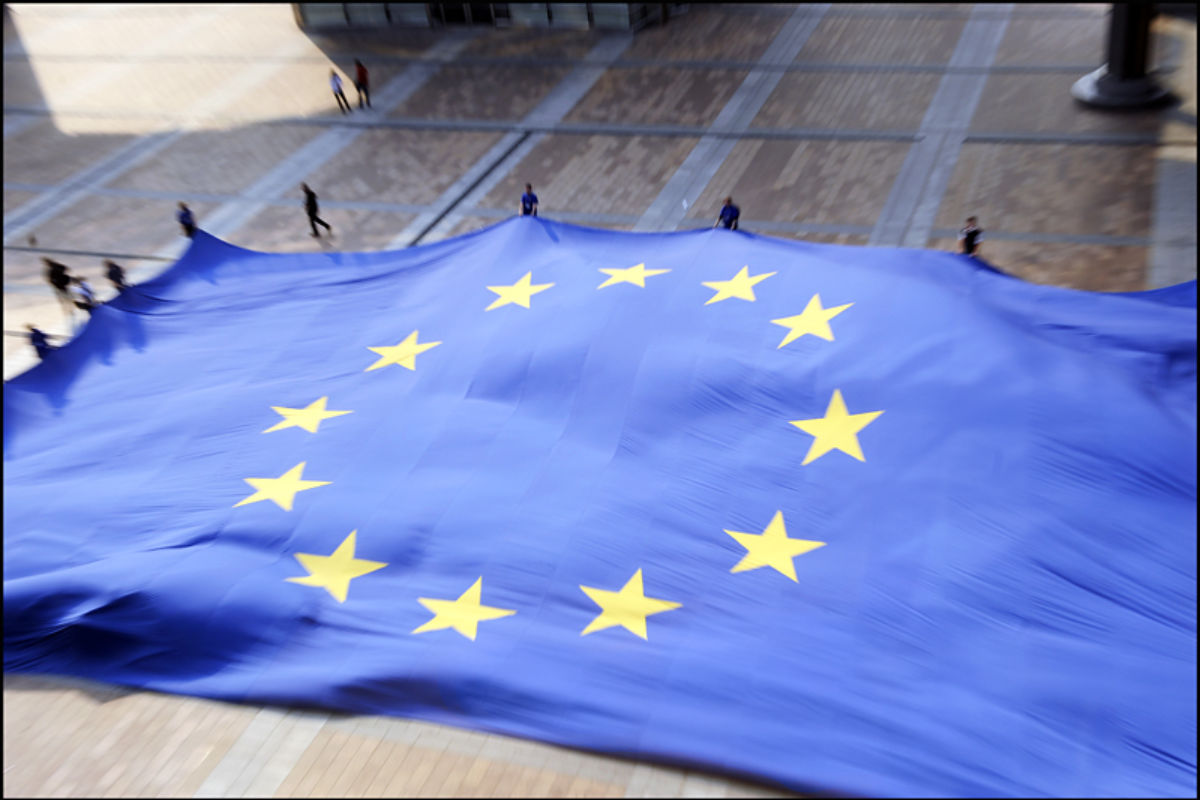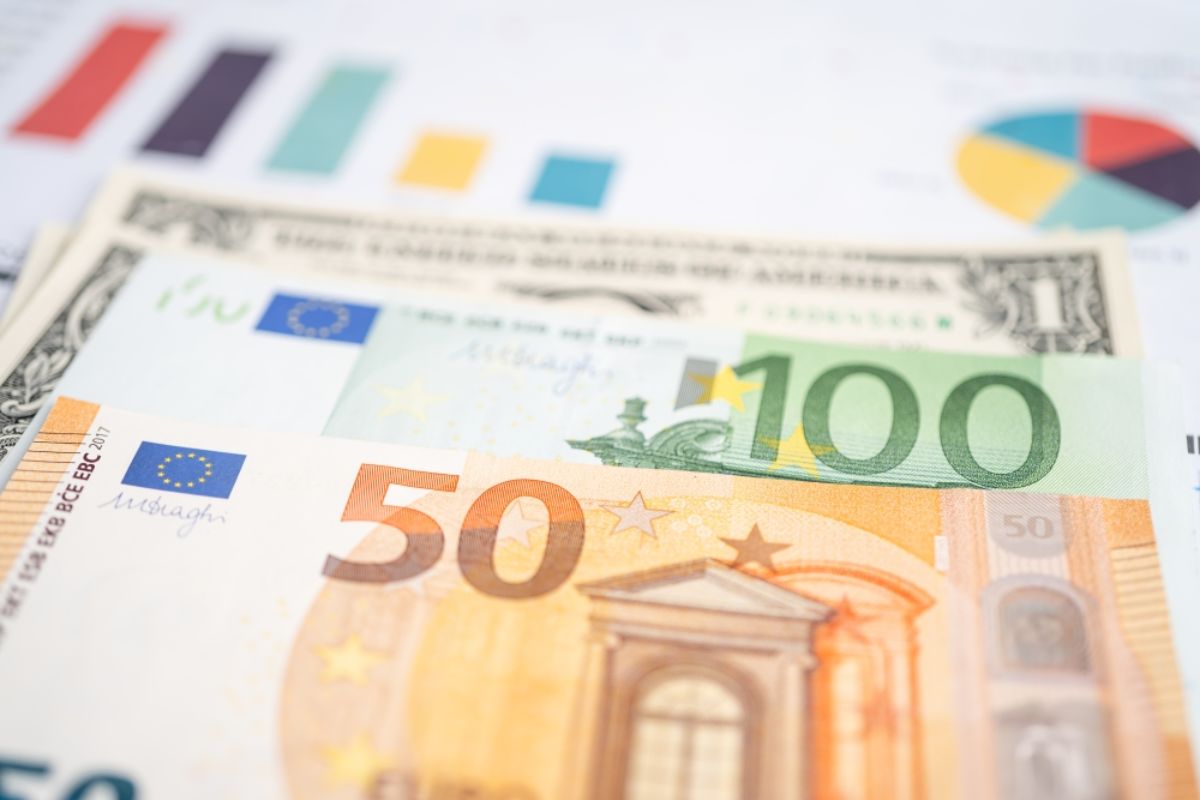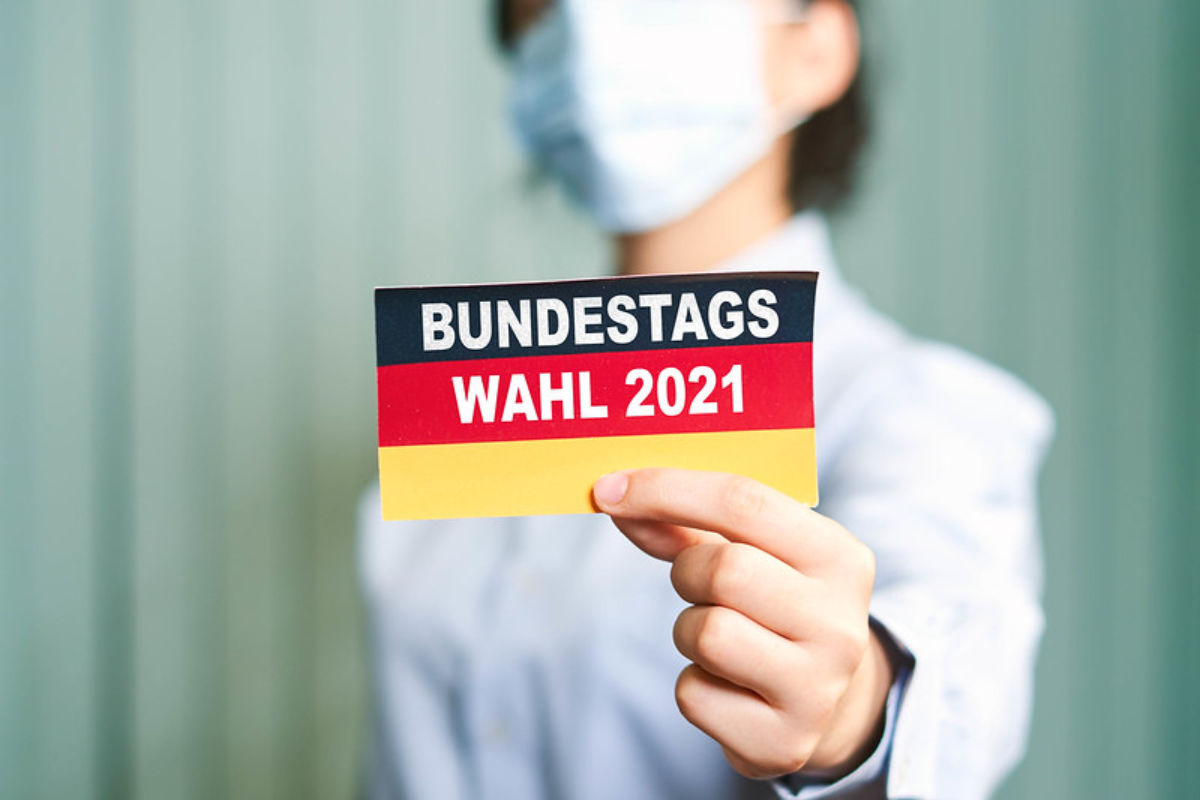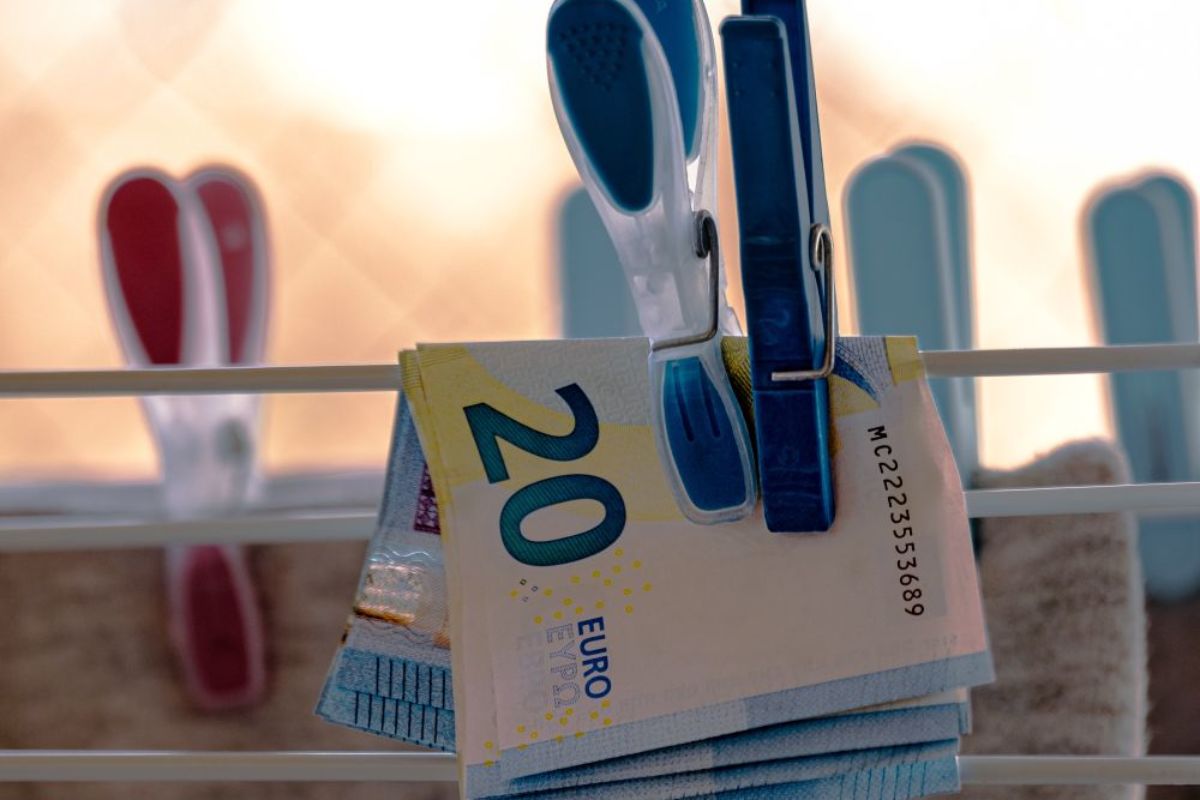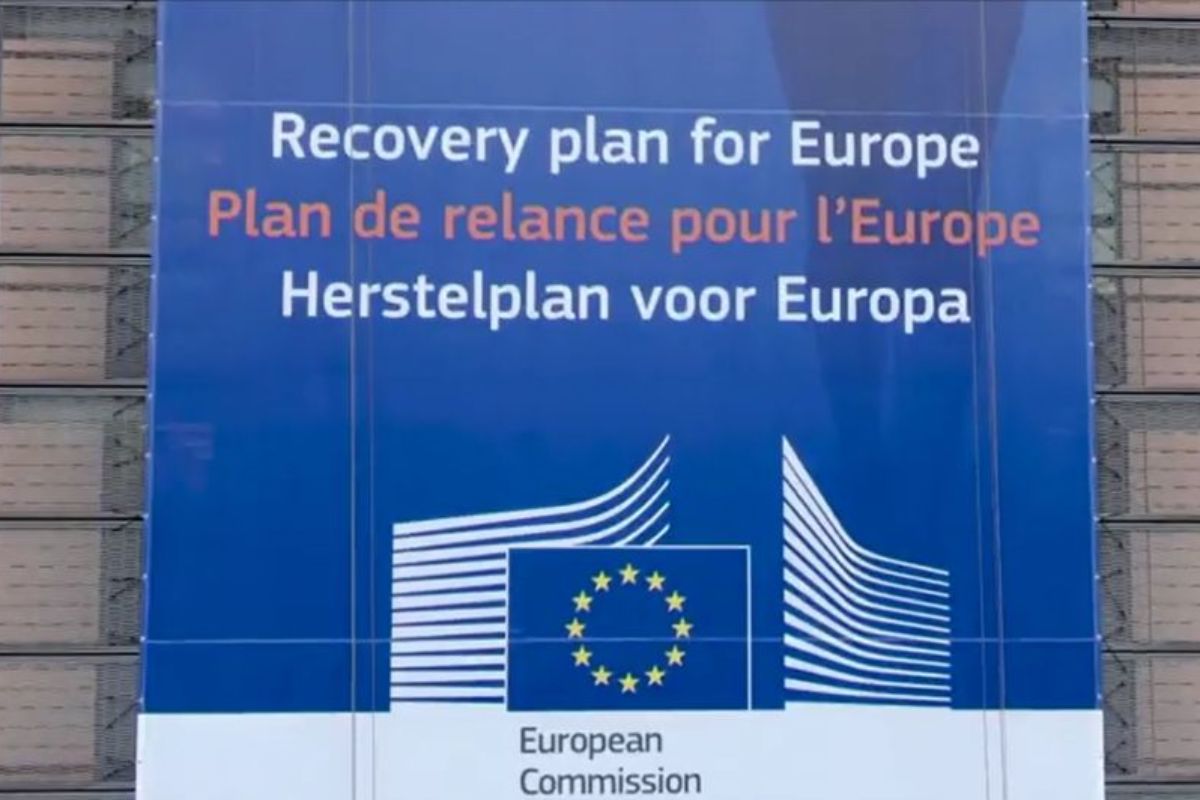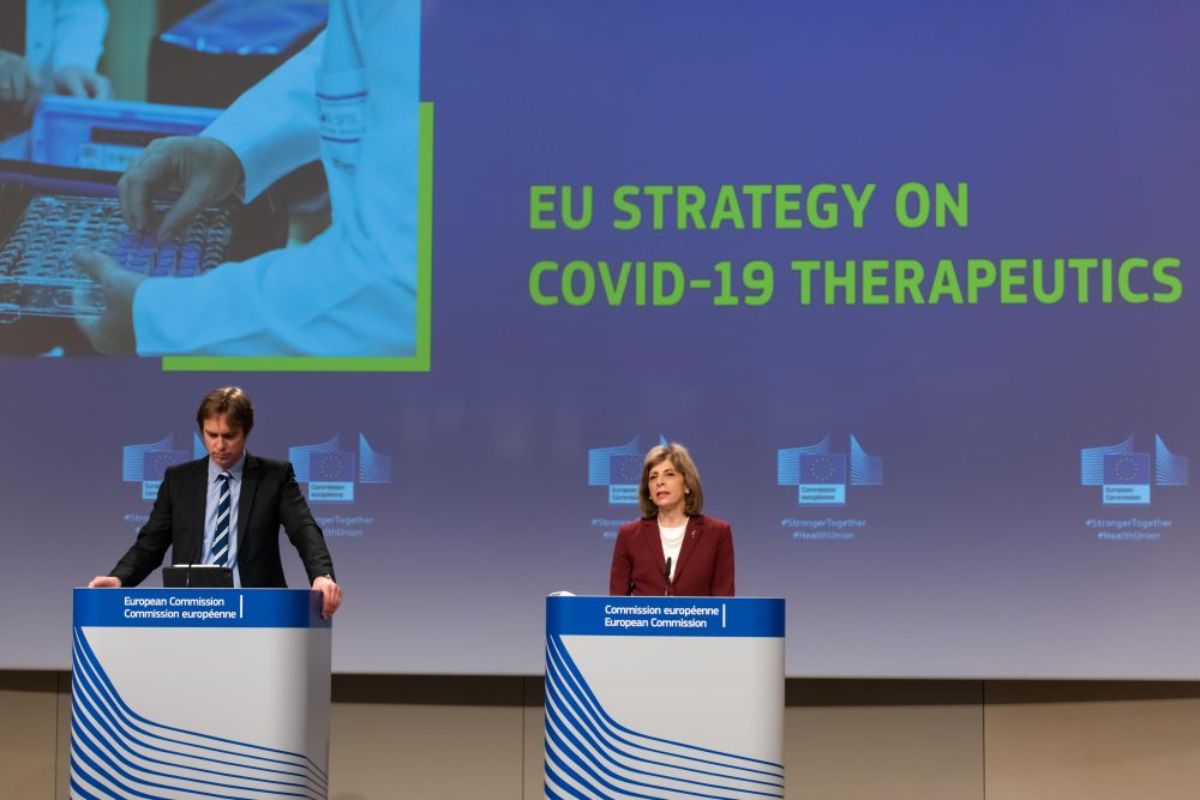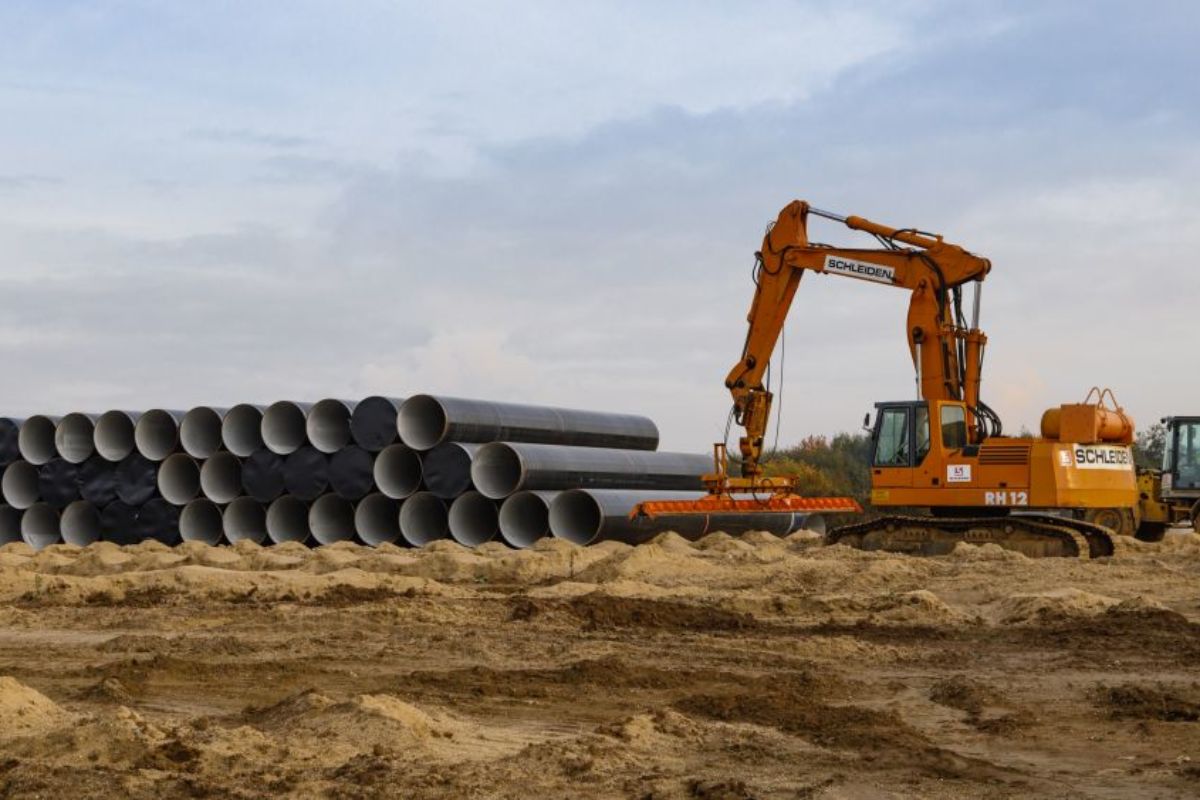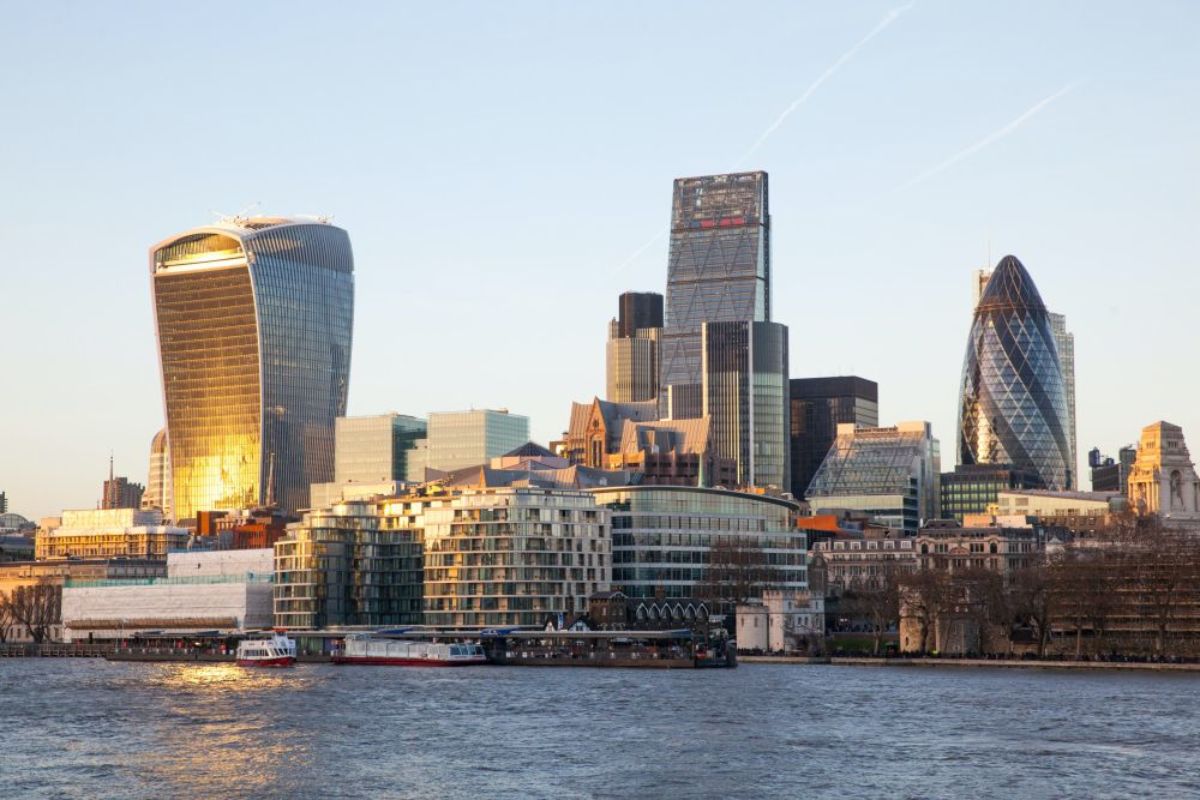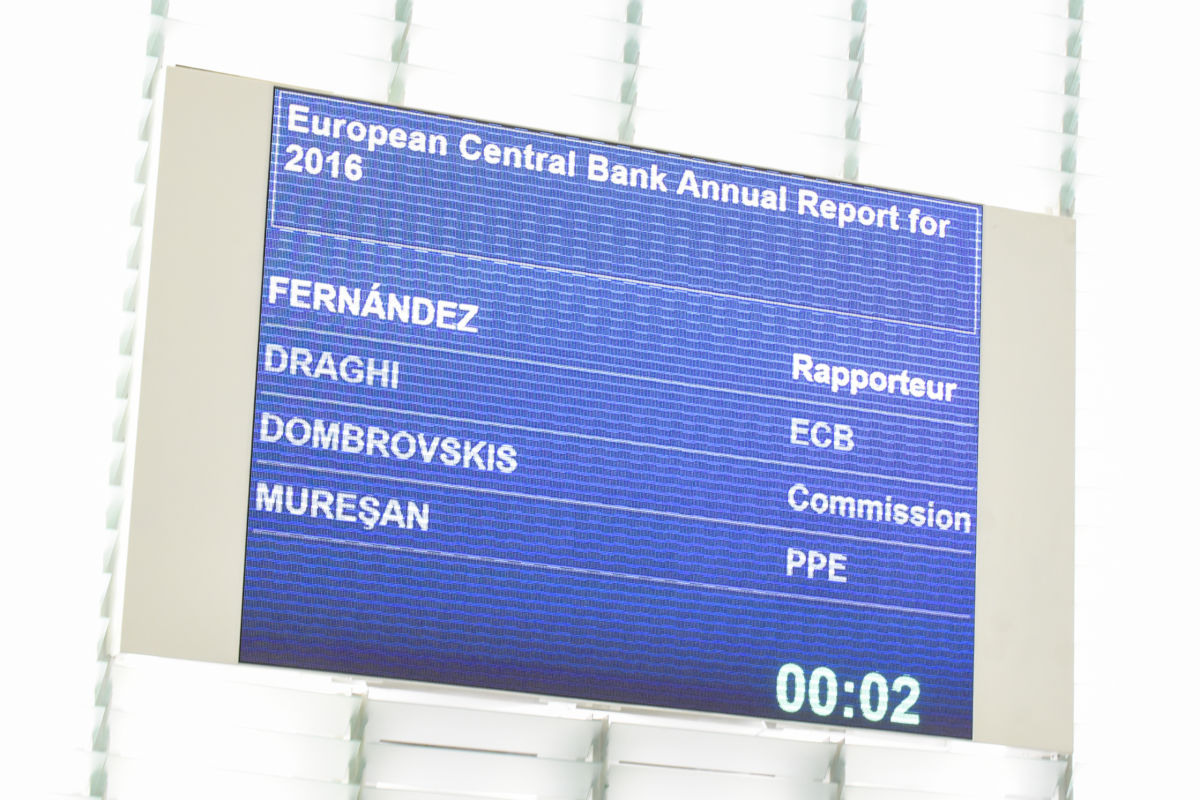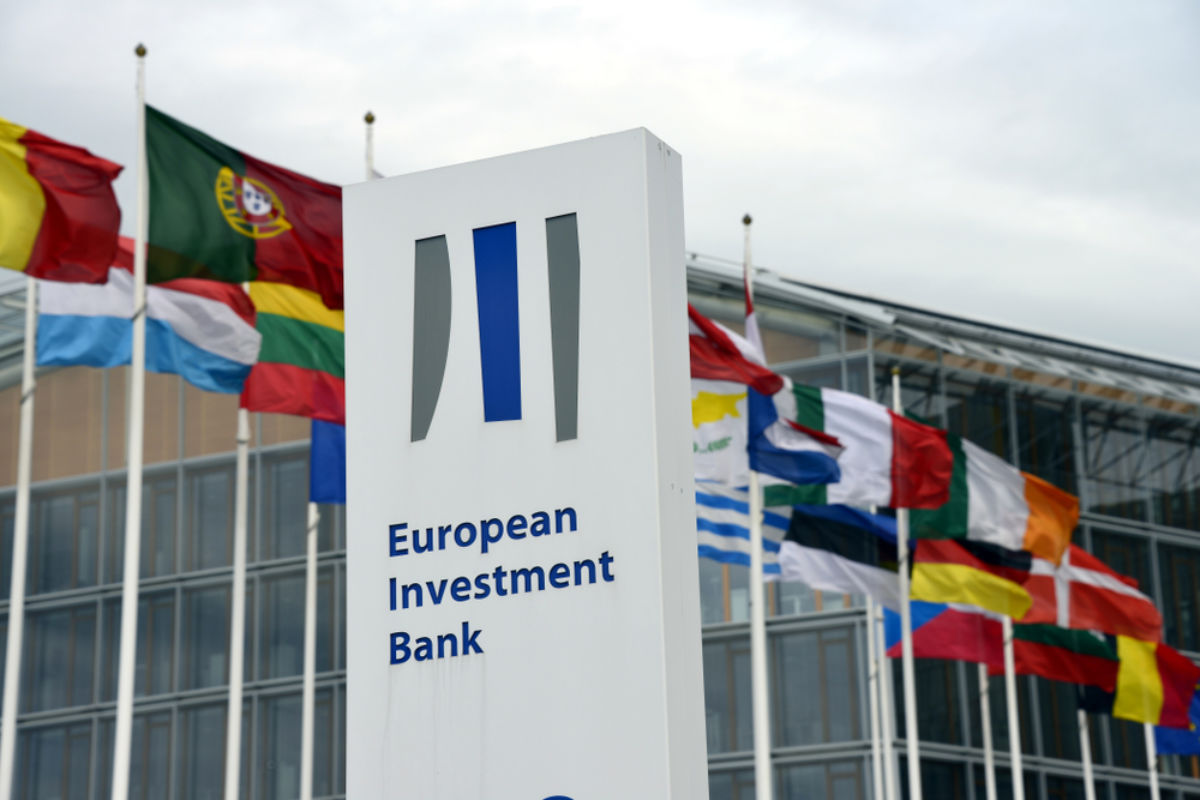Everybody agrees on India’s emerging role on the global stage, yet few – and certainly not the EU – act accordingly. India plays a strategic role in South Asia, a region where Europe’s presence is limited, but which is becoming the centre of the world, both demographically and economically. Some foresee India overtaking Europe to become the third largest economy in the world in 2035.
The reasons that led the EU to look for a strategic partnership 15 years ago hold even truer today. Given India’s geography, demographics, economy, military and nuclear power status, the EU cannot afford to neglect the relationship. The EU and India also share an interest in sustaining democracy and a rules-based multilateral trading system and in maintaining a multilateral world order, values that are currently being threatened at a global level.
Diplomatic relations date back to the earliest days of the community and the partnership has made progress in recent decades.[1] At their most recent summit in 2017, the EU and India renewed their commitment, which culminated recently in the adoption of the EU strategy on India, endorsed by the EU’s Foreign Affairs Council in December 2018.
The partnership is, however, below potential. Bilateral trade remains at very low levels compared to that with China, as does Indian FDI in the EU. The relationship stagnated politically and economically in the wake of the rapid emergence of China as a global actor and India’s inability to act decisively and move the trade relationship forward.[2]
For the EU-India strategic partnership to reach its full potential, the EU needs to act as one in its foreign policy relations. The EU needs to convince its members of the added value of being the main – if not the sole – interlocutor for India, and demonstrate the limitations of bilateral relations.
To persuade India of the benefits of dealing with the EU as a collective actor, the EU should leverage its soft power. The EU is finally beginning to grasp the importance of strong and coordinated public diplomacy and efforts to restructure and intensify it are ongoing. However, now is the time to define clear objectives and strategies to obtain them.
Member states need to allow the EU the necessary strategic autonomy for it to take the lead in coordinating their actions in India. Moreover, for the EU to defend multilateralism, it needs to live up to it, which means some painful changes for its members in giving up their primacy at the table of multilateral organisations such as the IMF or the UN. Meanwhile, beyond the imminent appointment of a military attaché to the EU mission in India, the EU needs to shed its reluctance as a global security actor and work together with India on security cooperation.
The Indian administration barely considers the EU as an actor, focusing its attention more on individual member states (notably UK, Germany and France, and, more recently and to a lesser degree, the Eastern countries). India turns these bilateral relations to its advantage in striking deals on better terms, playing on the occasionally prickly competition between member states.
The strongest competitors of EU Members for tapping into Indian potential are Russia, the US, and China. Without robust and coordinated EU engagement, bilateral relations between EU member states and India may survive, but they will not thrive. There is, for example, no de-facto European chamber of commerce in India, only some national chambers.
For the relationship to be deepened, both sides will need to take significant steps. The EU has to prove its added value, but the Indian government also has to act. India’s external trade position is still in its infancy. Its trade and regulatory environment remains relatively restrictive, with discriminatory and diverging standards. Its central government has limited powers, possibly even less than the EU. Many competences remain with its 29 states, which restricts its capacity for outreach. India has also a very limited external presence, with less than 1,000 diplomats abroad – similar in number to those of the Netherlands with a population of just 1% that of India.
The change in leadership resulting from the ongoing elections in India and upcoming European Parliament elections is an opportunity that needs to be seized. Businesses and member states would be well advised to emphasise the importance of a high level and regular dialogue between the two blocks. Efforts should focus on maintaining momentum and pushing for a summit between the newly appointed leaders in the winter of 2019 to set the tone of mutual objectives and outline plans for future engagement. As the EU Council conclusions adopting the EU Strategy for India suggest, such a summit must also bring business and civil society on board to boost comprehensive engagement.
Attention at the European level should also be given to the choice of the new head of the European Parliament delegation to India, whose job it will be to provide a balanced picture of the overall debate and keep relations moving forward.
If the EU and India can align their strategic objectives and establish effective cooperation to overcome the current shortcomings in their partnership, they will not be the sole beneficiaries: with their combined weight of 2 billion people, they are well placed to promote their shared values around the globe.
This context is the background for CEPS research into the cost of non-cooperation between EU and India. Through scenario building, projecting the EU-India partnership up to 2030, the study will analyse what can be achieved through cooperation and what the cost without would be in selected areas. The study also identifies trigger points and provides concrete solutions to overcome difficulties.
[1] A Cooperation and Partnership Agreement was concluded in 1994 that created the EU-India Trade Sub-Commission, which meets annually. In 2004, a strategic partnership agreement was signed. In 2016, the EU and India adopted the Agenda 2020, including a roadmap for cooperation on strategic objectives.
[2] Some 10 years ago, the EU tried to propose a more advanced trade agreement, but discussions were suspended in 2013 on account of too great a divergence of ambitions. India wanted too many carve-outs and exemptions for labor market and environmental standards, for example, and for certain sectors – a hard sell in Europe.
Karel Lannoo is the Chief Executive Officer and Stefania Benaglia is Associate Researcher at CEPS.
CEPS Commentaries offer concise, policy-oriented insights into topical issues in European affairs. As an institution, CEPS takes no official position on questions of EU policy. The views expressed are attributable only to the authors and not to any institution with which they are associated. © CEPS 2019



